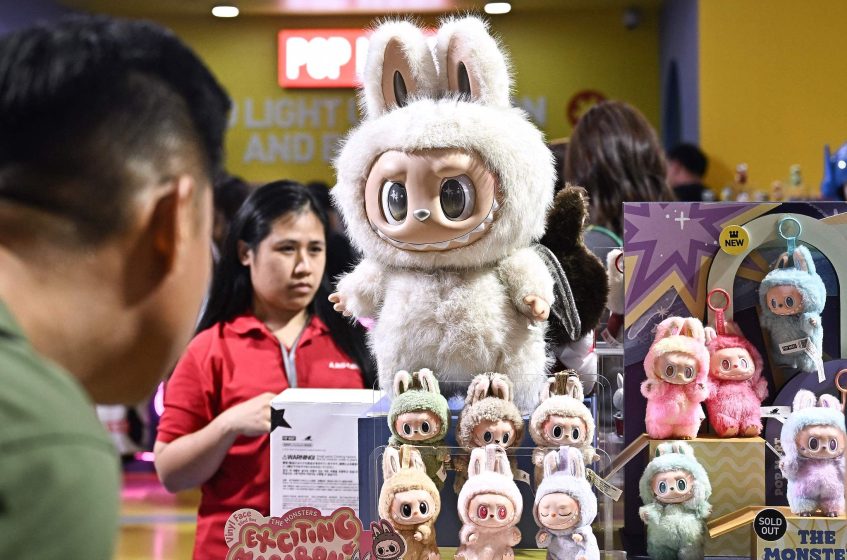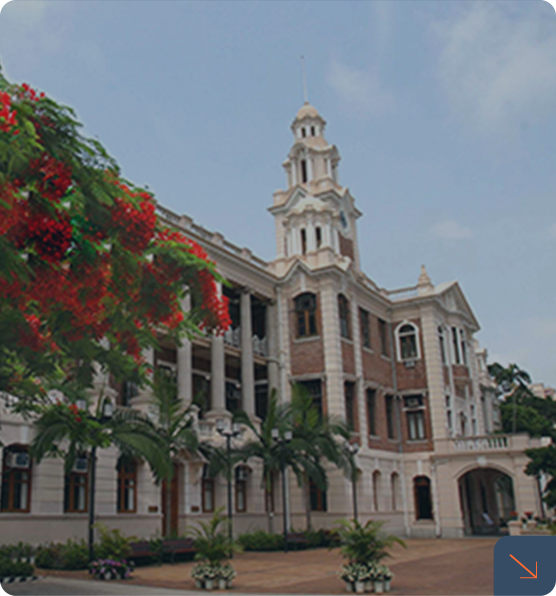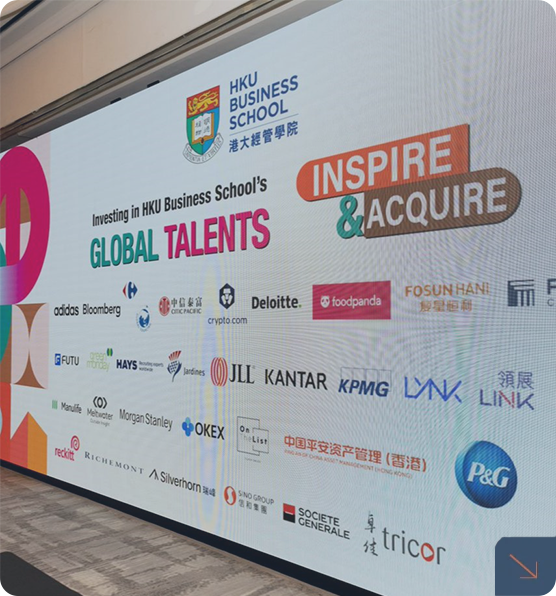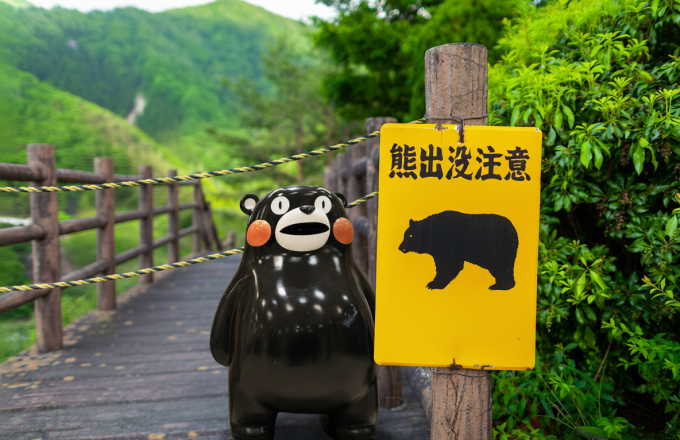
Hong Kong Tourism IP and Pop Mart: A Lesson from Labubu
Dr Tingting Fan
28 May 2025
Further to the 12.2 million visitor arrivals in Hong Kong registered in the first quarter of 2025, a new quarterly high since the coronavirus pandemic, Mainland’s Labour Day Golden Week ushered in another 1.1 million visitors, representing a 22% increase year-on-year. Of course, a rise in visitor numbers alone does not necessarily indicate that all is well. With a slackening global economy and consumption downgrade, many visitors come and go in a single day, while some have even “invented” a new money-saving travel strategy―spending the night at 24-hour fast-food restaurants.
An increase in visitor arrivals, rather than spending, may create a burden too taxing on local urban resources and cause public grievances over congestion and inconveniences brought by tourists. Ultimately, this would only undermine the sustainable development of tourism in the city.
But how to elevate both visitor numbers and spending? This reminds me of my previous article in this column last month, which analyses Pop Mart’s IP strategy (see Note 1). If this trendy pop culture and entertainment company’s product IP can achieve a win-win of enhanced reputation and healthy sales, can Hong Kong’s tourism IP draw inspiration from the company’s successful approach?
One of a kind and unmatched elsewhere
By signing exclusive agreements with its artists, Pop Mart holds the sole rights to all IP images of Labubu. In contrast, when it comes to Hong Kong’s tourism IP, which is its own valuable asset, the city is not required to enter into any such agreements with any parties. From the four main hiking trails spanning a total distance of 298 kilometres and the “Monster Building” in Quarry Bay–featured as a backdrop in the Hollywood movie Transformers: Age of Extinction, to the “Ding Ding” trams weaving through Chun Yeung Street (wet market) in North Point and the neo-gothic Bethanie boasting a history of over a century, or even the everyday waterfront scenery in Kennedy Town, each of these sights is uniquely characteristic of Hong Kong.
Being blessed with these scenic attractions is, of course, only the first step. Successfully promoting them to become international household names depends on effective publicity. Behind Labubu’s popularity in Southeast Asia lies Pop Mart’s strategic sales approach. Among all trendy toys on the market, only Labubu can find its way onto the handbag of Blackpink’s Thai member Lisa; feature in a photo with a Thai princess; and serve as Thailand’s first IP tourism ambassador. At both social and official levels, Pop Mart has provided Labubu with ample exposure opportunities, enabling it to make a huge splash in Thailand overnight.
Hong Kong’s diverse tourism resources also need similar exposure to maximize their popularity. From A-list stars and influential KOLs, to official promotional initiatives, only by forging distinctive landmarks that project its image as an international metropolis can the mission be considered accomplished.
Standing out from the competition through constant improvement
Even the existence of extraordinary sceneries does not eliminate all competition. For example, Shenzhen also offers hiking trails with mountain and sea views while Gothic churches can be found in Guangzhou, Shanghai, and Qingdao. So, why would tourists choose Hong Kong instead? By the same token, Pop Mart did not invent blind boxes, nor does it monopolize the market for them. Why do consumers favour its products over competing brands?
A blind box may look simple enough. However, given the exquisitely designed trendy toy inside, plus all the ingenious marketing ideas behind it, pricing it too low could undermine the brand value of the IP. Conversely, pricing it too high could drive consumers away. Setting the price at between HK$70 and HK$100 will make it affordable even for secondary school students by skimping just a little on pocket money. To reduce the likelihood of consumers receiving duplicate blind boxes, Pop Mart encourages exchanges among buyers and predicts the next hit item based on the exchange data. Epitomizing the “taller than the rest” strategy, this approach constitutes Pop Mart’s winning formula.
Hong Kong may draw inspiration from Pop Mart to “stand taller than the rest” in addition to just being “unique”. For instance, although the Hong Kong Palace Museum (HKPM) lags behind the National Museum of China in both the quantity and quality of its exhibits, the former excels in exhibition curation, exhibit descriptions, and even the use of background music within its galleries. Large-scale exhibitions in the Mainland are often jam-packed with visitors. In contrast, visitors at the HKPM can leisurely enjoy the exhibitions, musing on and taking in the exhibits at their own pace. Such meticulous arrangements made to “stand out from the rest” will serve to attract National Museum visitors to explore the HKPM and experience a new dimension of art appreciation.
A one-stop microcosm of the best on offer
Though modest in size, Hong Kong comes with a full package. In terms of natural scenery, Victoria Peak is the only night view destination that has been ranked twice among the top three in the world while the Dragon’s Back Mountain ridge has been acclaimed by CNN as one of the world’s best hiking trails. The urban landscape showcases skyscrapers such as the Bank of China Tower and International Commerce Centre, alongside traditional rituals like “petty person beating”, which still thrives under the Canal Road Flyover in Causeway Bay. As for the dining scene, the range spans from Lan Kwai Fong’s trendy social hotspots to the historic Lin Heung Tea House, where dim sum trolleys―a rarity these days―continue to operate.
From urban to rural areas, from modernity to traditions, and from history to the latest trends, everything is easily accessible, offering visitors immersive and vibrant experiences. Such a “small but comprehensive” nature is precisely what constitutes a favourable factor of Hong Kong’s role in “East meets West” and the interaction between old and new.
How best to optimize the advantage as “a one-stop shop for comprehensive excellence”? It is advisable for the SAR Government to emulate Pop Mart’s successful approach to debuting product series. The same Labubu can come in various scenarios―a seaside stroll or a leisurely yoga series, thus adding a dynamic and playful appeal. This strategy entices customers to purchase the entire series after buying one doll, ultimately collecting subsequent series. By the same token, with its abundant tourism resources, Hong Kong can develop a kaleidoscope of themes such as “Hong Kong Nite and Day”, “Hong Kong: East Meets West”, “Hong Kong’s Mountainous Landscapes and Beautiful Coastlines”, and “Hong Kong: Vibrancy and Slow Living”. Only by offering a great variety of delights can a city attract visitors to stay longer, thereby boosting hotels and related industries.
Despite the fact that tourism accounts for a mere 2.6% of Hong Kong’s GDP, its value added is the source of living for 150,000 employees in the industry. Tourist consumption also contributes 18% to the total retail sales and 24% to the total revenue of the catering industry (see Note 2). This highlights why the success of tourism matters for every Hongkonger. Needless to say, tourism is a city’s calling card, symbolizing its soft power. Only a well-developed city can create and promote its embedded tourism resources. Only a society that is mature enough can anticipate and cater to visitors’ needs. Only an externally-oriented culture can extend its open arms to travellers from all corners of the world.
Hopefully Hong Kong can genuinely realize the goals of “tourism everywhere” and “thoroughness everywhere”, motivating time-constrained tourists to stay longer.
Note 1: “The IP Strategy behind Pop Mart’s Overnight Popularity”, Hong Kong Economic Journal, 16 April 2025
Note 2: Development Blueprint for Hong Kong’s Tourism Industry 2.0 (https://www.cstb.gov.hk/file_manager/en/documents/consultation-and-publications/Tourism_Blueprint_2.0_English.pdf)







